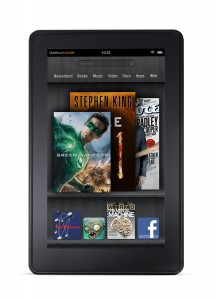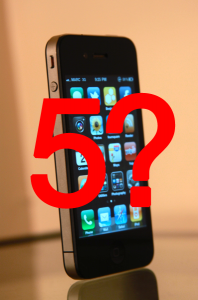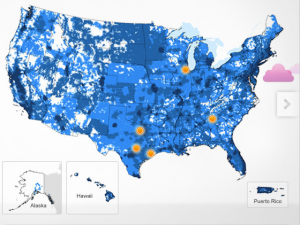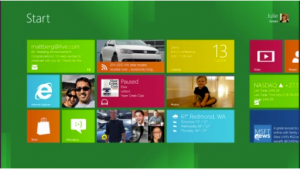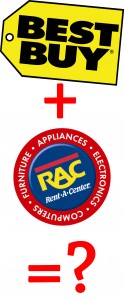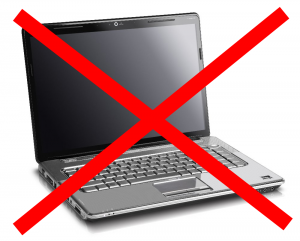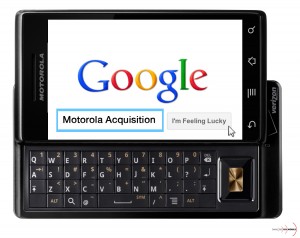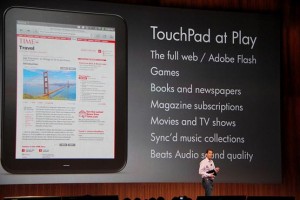The day has finally come; the tablet market has been upended. As I argued back in early August, the tablet PC market was due for a shake-up; other manufacturers simply couldn’t hope to move significant quantities of iPad-like tablets at Apple’s price points, and, as I suggested in late July, Amazon was the one company with the resources and will to bring an iPad-killer to market. Amazon CEO Jeff Bezos vindicated my soothsaying at a highly publicized press conference, where he introduced his company’s hotly anticipated Kindle Fire Android-based tablet, which will retail for a door-busting price of just $199. In addition to the Fire, Bezos also unveiled a new base-model Kindle, which will sell for $79, as well as the touchscreen-enabled e-ink Kindle Touch, which will come in at two price points; $99 for the ad-sponsored model, and $149 for the ad-free, 3G enabled Touch model.
While the $79 Kindle and Kindle Touch models are certainly newsworthy products, the real story here is the Kindle Fire, which eschews 3G data service, onboard cameras and microphones, and copious storage space (the onboard memory is only 8GB) to bring a bare-bones, high-performance tablet within reach of nearly every gainfully employed American consumer. Technically, the Kindle Fire is powered by Android, but you wouldn’t know it from using the device, as Amazon clearly spent some time and money customizing the UI, and the snappy, sleek interface bears almost no resemblance to its Honeycomb tablet brethren. As one would expect, the UI foregrounds Amazon’s various digital offerings—e-books, digital music, and streaming film/video—but what’s unexpected is that the Fire will also come pre-loaded with Amazon’s just-announced, bespoke “Silk” web browser, which utilizes Amazon’s extensive “Elastic Compute Cloud” infrastructure to intelligently pre-load browser content to a user’s device, a strategy that should make for some lightning-fast web browsing. Read More
